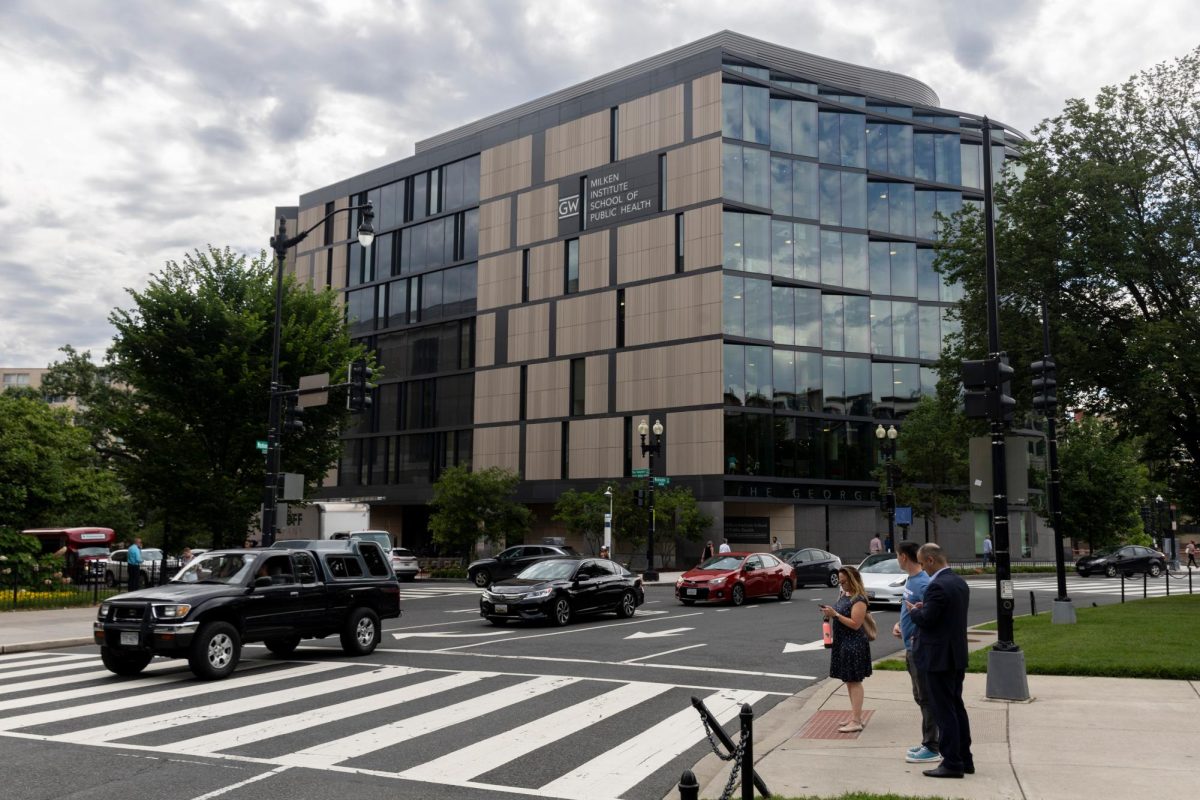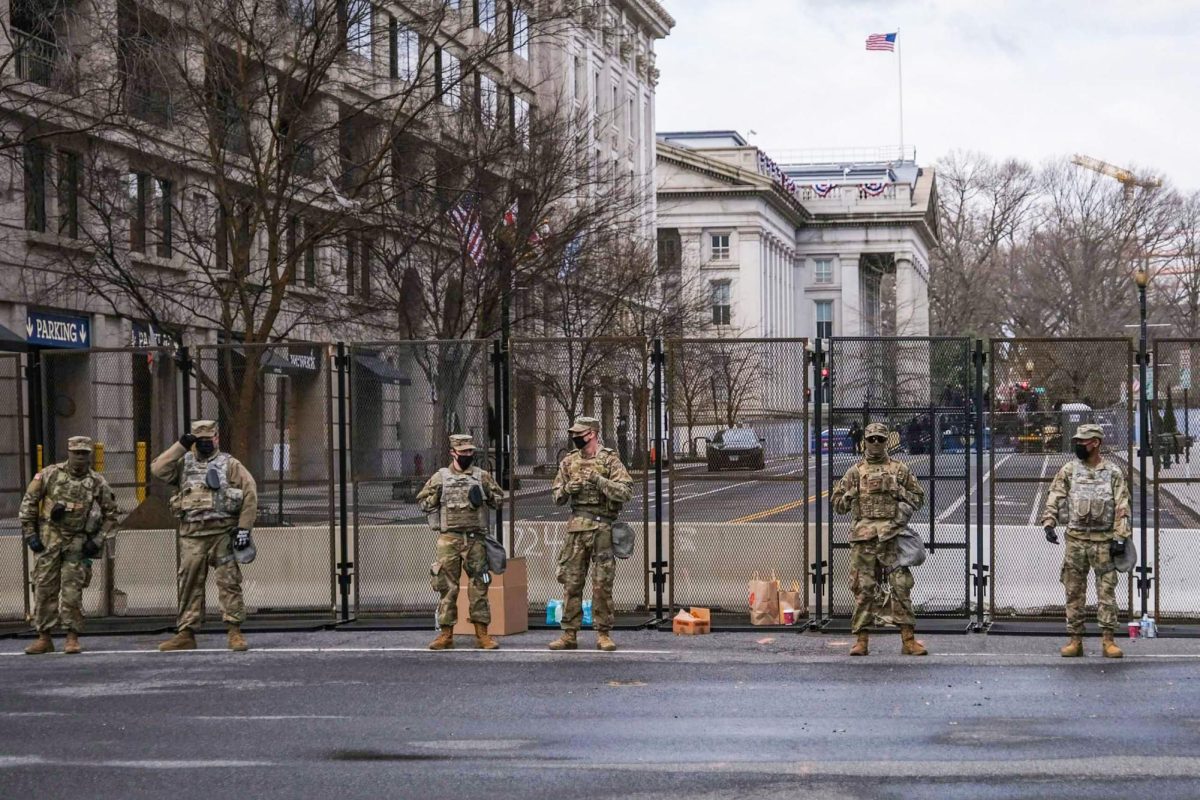Researchers in the Milken Institute School of Public Health project that community health centers around the country will have reduced their profit margins by almost 4 percent in 2024, which could impact the services they provide to marginalized communities, in a study published earlier this month.
Researchers analyzed financial data of community health centers — which provide healthcare at a subsidized cost to low-income communities — from 2019 to 2023 from the Uniform Data System, a database for all health centers across the country, and found that the health centers’ profit margins dipped from 4.5 percent in 2022 to 1.6 percent in 2023. Leighton Ku, professor of health policy research and co-author on the study, said the upcoming election leaves uncertainty for the future of community health center funding in the coming years because of differences in health care policy between the two parties.
Ku said Republicans tend to support providing less funding to the health care sector in general, so if Donald Trump wins the election or Republicans control Congress, it could be harder for funding for community health centers to get approved.
“The majority in the House right now would say, ‘We don’t want to spend any more money on things like this,’” Ku said. “And so they’re basically taking — and I don’t know that they particularly care about community health — but they’re, generally speaking, ‘We want to sort of freeze, or better yet, cut federal spending in part so that we can do things like lower taxes, reduce the deficit.’”
The research also projected that community health centers will operate on a negative profit margin of 2.2 percent in 2024.
He said community health center funding will be unpredictable until Congress sets the budget for the next fiscal year. He said Congress passed a short-term resolution to continue federal funding last week amid the end of the fiscal year and debates about the budget, but funding will still expire in December unless Congress finalizes the budget.
“When we look at the sort of center-by-center data, about half the health centers in the country were losing money in 2023, and we think that by 2024 it’ll be the substantial majority,” Ku said.
Ku said one of the factors contributing to the loss in funding is the Medicaid unwinding that Milken researchers discovered earlier this year that lead to massive losses in insurance coverage. Medicaid unwinding refers to when Congress ended a pandemic-era continuous enrollment provision in March 2023 and paused eligibility checks on Medicaid recipients. Eligibility checks force patients continue to prove their eligibility to their state Medicaid offices — leading many to lose coverage.
Ku said the increase in uninsured Americans put increased burdens on community health centers, who disproportionately serve poorer communities.
“If they’re losing money, they’re not going to be able to hire staff,” Ku said. “In fact, they will probably have to lay off staff. That means they’ll be able to serve fewer patients, or they’ll have to strip down their services at a point when the need is growing, and so that’s a dangerous combination.”
Feygele Jacobs, a GW professor of public health and co-author on the study, said another factor contributing to the decrease in profits for community health centers is fewer people going to the doctor because of the rising uninsured population, which decreases the amount of patient revenue the centers receive.
“One of the things we know is that people are less likely to seek care when they have no coverage,” Jacobs said. “So that’s another thing that has added to the revenue challenges that health centers are facing, and all of those mean that health centers could be faced with very, very challenging operational decisions that have real world implications for the people who they care for.”
Jacobs said the losses in funding will have direct impacts on the services health centers are able to provide. She said due to the expiration of the federal budget in December, health centers can’t invest in new staff or services because they don’t know what they will be able to afford.
“You can’t fill vacant positions. You can’t necessarily maintain your services, right?” Jacobs said. “I think these periods of delay or periods of instability go on for a long enough time, health centers are faced, like any business operation, with making really hard decisions about what they can offer in their communities.”
Sorcha Brophy, an assistant professor of health policy and management at Columbia University, said other community volunteer organizations can help fill any gaps in coverage that may arise due to the decreased funding for health centers.
“One of the things that we need to have happen is for community-based organizations to come alongside of community health centers and give time and resources to strengthening them,” Brophy said. “Community health centers are delivering miracles with very little funding support, and the extent to which other organizations, other volunteers, other nonprofits can come alongside them and support them is going to make them better able to do that work.”
Brophy said community health centers provide a lot of services beyond primary care services that may be affected by decreases in funding like providing access to social workers to families.
“When funding to community health centers retracts, it’s those things that are the first things that go away, right?” Brophy said. “So they will continue to be able to pay for basic medical services because they’re paying for it through Medicaid, but they’re going to stop being able to have any of the extras that we know are important for trying to move the needle on the social determinants of health.”





